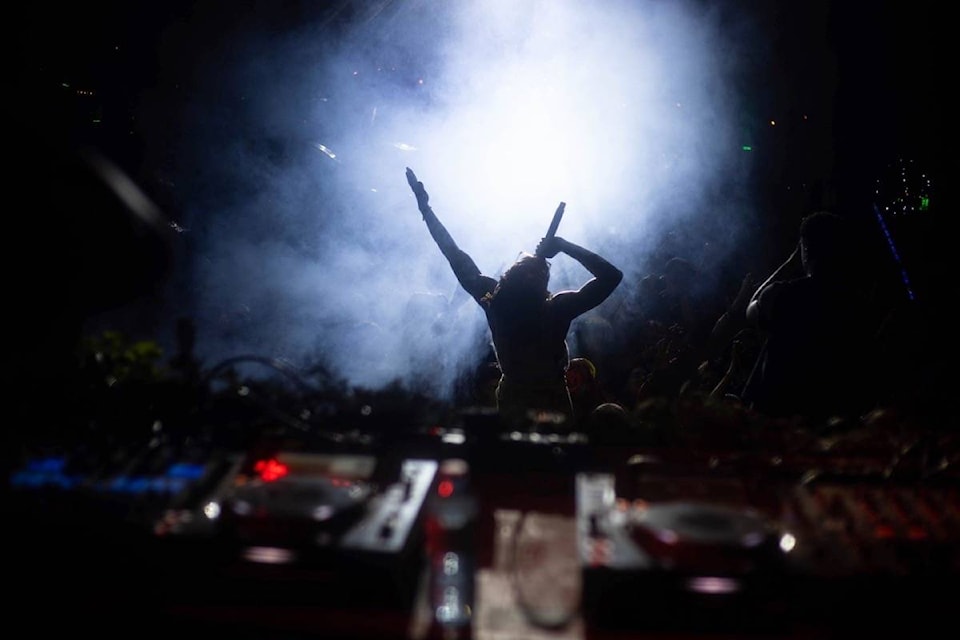For the first time, the Shambhala Music Festival will be held in July next year. The electronic music festival, which draws thousands of people each year, said in a news release this week that the move is based on the advice of the province and the Regional District of Central Kootenay.
Festival founder Jimmy Bundschuh said they decided to move their dates forward by two weeks given that 2018 marked the worst fire season on record for British Columbia and scientists say climate change means the province’s wildfire season is becoming longer and more explosive.
He said the move will ensure the music festival can deliver the best possible experience for its guests and help the organization plan for the future.
“We stand at the precipice of a new era. That’s not lost on anyone in the Kootenays here in British Columbia. We know the planet is in a period of rapid transition and our date change is just one more reflection of our commitment to our guests and the music community as a whole,” Bundschuh said in a prepared statement. “Our guests’ safety and security is our No. 1 priority.”
The decision comes on the back of an ongoing conversation between the independent music production company, the Regional District of Central Kootenay, and the provincial government.
In 2017, Shambhala was placed on evacuation alert due to a wildfire that came within nine kilometers of the festival grounds. Organizers and many people left early. However, the festival resumed after significant rainfall and cooler temperatures.
According to the province of BC, who shared statistical information with Shambhala, there is a significantly lower risk of wildfire in July in the Kootenays compared with August, particularly over the last decade.
The Southeast Fire Centre, which monitors and responds to forest fires near Salmo, the site of the annual music festival, says on average over the last 10 years there have been 11 days of high and four days of extreme fire risk every July in the area between the US border and Mica Creek. That’s compared to an average of 16 days of high risk and six of extreme in the same area every year in August.
The numbers published by the province suggest the risk of extreme fire hazard is far lower in July than August, Bundschuh said.
“It’s been an ongoing conversation we’ve had with the regional district and with the province,” said Bundschuh. “We are so grateful for the important work they do and have taken their professional advice to heart.”




